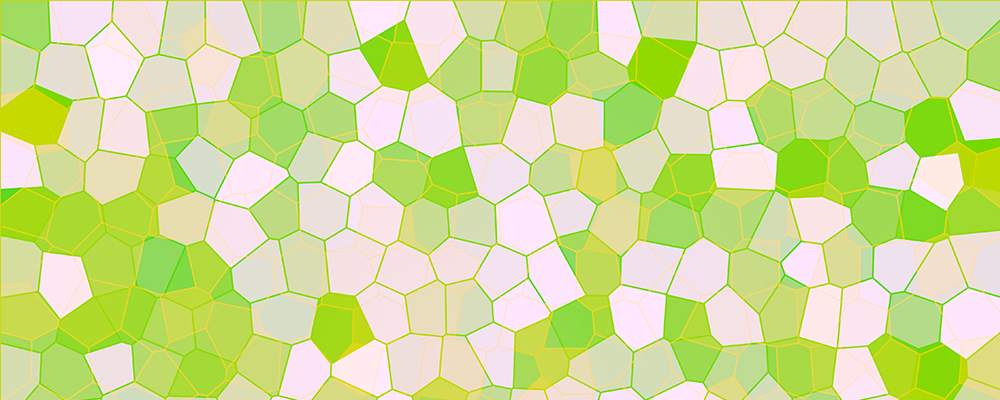Real-time Rainfall Aggregation into Polygons
Objective
To provide rainfall aggregation by integrating large volumes of real-time rainfall data into specific polygons and then applying calculations to these polygons in order to derive estimates of rainfall contributing into each polygon. To deliver this in real time for a large number of polygons. This is the basis of a working demonstration of the calculation power of MAP.
Details
Radar-based rainfall files for an area of some 60,000 km2, at 1 km2 pixel resolution, are processed every 5 minutes. These grids of rainfall data are imported into MAP which then matches each km grid of rainfall into a total of some 6,500 polygons. These are detailed polygons that could represent postcodes, wards, parishes, farms, wastewater treatment catchments, water supply district metering zones or any other multi-polygon representation of an area. This matching process aggregates and calculates the average rainfall falling onto each polygon.
In the working demonstration, a range of additional models and algorithms are then specified for each polygon to turn average rainfall intensity data into a volume of rainfall that will flow into the sewerage system. This takes into account the permeability of the soil, percentage area of permeable/impermeable, population and much more besides.
All the data processing is completed with 5 minutes and forms the basis for delivering a real-time smart sewerage decision support tool capable of running across the entire Water Company’s area.
Benefits of using MAP
This application demonstrates the core calculation power of MAP. In delivering this application MAP is importing data at some 2 billion data points per hour and in real time mode is calculating 100,000 calculated data points per second (bulk mode is 9 times faster).

